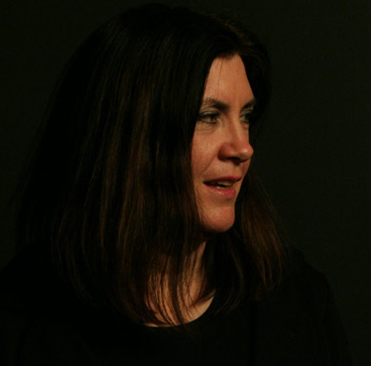Alex Phillips, Associate Professor, Emily Carr University of Art + Design
Presentation Summary
Recent events in the art world have raised questions about whether artistic freedom is an inalienable right, or whether the right to free expression should be balanced in relation to personal responsibility. While the avant-garde has always employed shock among its strategies, are there limits to how far artists should go in expressing themselves? Do artworks that transgress boundaries of morality and taste contribute to a collapse of social responsibility? Does transgression in aesthetic practice automatically confer value on a work? Do artists who respect conventions of taste and morality in effect do the work of censors for them? Will advances in art and/or vital insights into the human condition be lost if artists begin to limit the boundaries of their own practices?
Some examples where art practice has recently passed into this questionable ethical zone include art student Aliza Shvarts’s claim to have repeatedly performed “self – induced miscarriages” as part of her senior project at Yale, to a Brazilian artist who allowed a dog to starve to death as part of his exhibition. Likewise Chinese artist Huang Yong Ping bitterly lamented the closure of his exhibit:Theatre of the World at the Vancouver Art Gallery where he had confined hostile and venomous animals in the same enclosure, resulting in the intervention of the SPCA. It seems we have come a long way since the days when Andres Serrano’s Piss Christ or Damien Hirst’s formaldehyde-suspended dissections excited controversy. As instructors of art how do we frame this debate? What kinds of teaching opportunities do these incidents in the art world raise?
Bio
Alexandra Phillips is an Associate Professor at Emily Carr where she teaches courses in visual art and critical studies. She holds degrees in Sculpture and Sociocultural Anthropology from the University of Washington. Her interests include the ethnographic turn in contemporary art, colonialism, and the history and methodology of museums and their role in creating regimes of representation. As a lifelong student of anthropology Alex has been following the zombie phenomena with great interest and has developed and taught a Sociology course that examines the zombie phenomena as a postmodern trope of pure consumerism.
A contributing writer to Fuse and Canadian Art magazines, Alex has presented papers on numerous panels at the College Art Association conference and the Association of Independent Colleges of Art and Design. She has received many awards including grants from the Canada and BC Arts Councils, and the Canadian Art Foundation Writing prize. Her work has appeared in exhibitions across the United States and Canada including The Orange County Center for Contemporary Art, The Austin Museum of Art, the Bumbershoot Festival in Seattle, and the Drawing Center’s Viewing Program in New York. Alex has sat on several public art committees and was instrumental in the creation of two public art projects: The Varley Trail in North Vancouver, and the Marker for Change also known as The Women’s Monument, in Thornton Park, Vancouver.
>

